When we talk about the evolution of hip-hop, there are certain years that stand out as defining moments for the culture. One of those years is 1988. It wasn’t just a time of great music—it was a time of transformation for hip-hop and its impact on the world. In many ways, 1988 marked the moment when hip-hop truly stepped into the mainstream and made its voice heard. Let’s take a look at how that year changed the game for both the culture and the people.
1. The Soundtrack of a Revolution
1988 wasn’t just another year—it was the year that brought us some of the most unforgettable and timeless tracks in hip-hop history. Artists weren’t just making hits; they were crafting anthems that would go on to define a generation. Tracks like Public Enemy’s “Don’t Believe the Hype,” Rob Base & DJ E-Z Rock’s “It Takes Two,” and N.W.A’s “Straight Outta Compton” weren’t just bangers; they were messages. They carried the energy and defiance of a generation that wanted to be heard, and they did just that.
What’s amazing is the sheer number of hits that came out in 1988. More than 175 tracks made waves, ranging from mainstream chart-toppers to underground classics. These songs were more than just music—they were the heartbeat of a movement. Whether it was MC Lyte’s empowering “Paper Thin” or EPMD’s laid-back “You Gots to Chill,” each track contributed to a soundtrack that would echo for decades to come.
2. A New Voice for the People
What made 1988 truly special was how the music gave voice to people who felt unheard. Hip-hop had always been a way for marginalized communities to express their frustrations, dreams, and realities. But in 1988, the message became louder, clearer, and impossible to ignore.
Take N.W.A, for example. When they dropped Straight Outta Compton, it was like nothing anyone had heard before. Their raw, unapologetic depiction of life in South Central Los Angeles shook the world. It wasn’t just music—it was a declaration of truth. Through tracks like “Express Yourself” and “F**k tha Police,” N.W.A became the voice of a generation that was tired of being silenced. They weren’t just creating controversy; they were starting a conversation that needed to happen.
Public Enemy, another cornerstone of 1988, pushed political consciousness to the forefront. Their album It Takes A Nation of Millions to Hold Us Back was a rallying cry for social justice, urging people to wake up and recognize the power of their voices. “Don’t Believe the Hype” and “Bring the Noise” weren’t just tracks—they were calls to action.
3. The Expansion of Hip-Hop’s Reach
Before 1988, hip-hop was already on the rise, but it was often seen as a niche genre, something that was happening in the inner cities but not necessarily a mainstream phenomenon. But by 1988, all that changed. Artists were breaking out, crossing over, and gaining exposure like never before.
The diversity of sound was part of what made that year so explosive. From the East Coast boom-bap style to the West Coast’s gangsta rap, every region was contributing something unique. And in places like Dallas, Texas—where I grew up—we didn’t get caught up in regional beefs. We embraced it all. We were listening to everything from Public Enemy’s political anthems to N.W.A’s street tales, and even LL Cool J’s smooth, charismatic rhymes.
This diversity of sound meant that hip-hop wasn’t just for one group of people—it was for everyone. Whether you were in New York, L.A., or somewhere in between, hip-hop was there to speak to you, to make you move, and to make you think. By the end of 1988, hip-hop wasn’t just a genre—it was a cultural force that was impossible to ignore.
4. Albums with No Skips: The Art of Storytelling
One thing that stood out in 1988 was that albums weren’t just collections of singles. They were cohesive bodies of work, each track contributing to the overall narrative of the artist’s vision. Albums like Public Enemy’s It Takes a Nation of Millions to Hold Us Back or Slick Rick’s The Great Adventures of Slick Rick were more than just hits—they were stories. You didn’t skip a track. You listened to the whole album because it took you on a journey, weaving together themes of rebellion, power, and identity.
This was also the year where hip-hop really cemented its storytelling roots. Artists like Slick Rick became masters of the craft, spinning tales with wit, humor, and insight. His classic “Children’s Story” was a perfect example of how hip-hop could be both entertaining and profound. It was this mix of raw emotion and skillful storytelling that made 1988 such a standout year.
5. 1988’s Lasting Impact on the Culture
The ripple effect of 1988 is still felt in hip-hop today. Many of the tracks that came out that year are considered classics, not just for their sound but for what they represented. These weren’t just songs—they were cultural milestones. They introduced the world to new voices, new perspectives, and a new way of thinking.
Public Enemy’s activism, N.W.A’s raw truth-telling, and Slick Rick’s storytelling mastery all laid the groundwork for the artists we see today. Whether it’s Kendrick Lamar, J. Cole, or Cardi B, the influence of 1988 is undeniable. These artists stand on the shoulders of the giants who came before them, using their platforms to speak truth to power, just as Public Enemy and N.W.A. did back in the day.
The lasting impact of 1988 goes beyond the music itself—it’s about the culture that grew around it. Hip-hop in 1988 wasn’t just a genre—it was a way of life, a form of self-expression that influenced everything from fashion to politics. The legacy of that year is alive and well, proving that great music doesn’t have an expiration date.
6. Why 1988 Matters to Me
For me personally, 1988 wasn’t just a year of great music—it was a turning point in my life. I was there, living and breathing hip-hop as it evolved into something bigger than I ever imagined. As a DJ, this was the music that made me. It shaped my style, my approach, and my love for the culture.
In fact, 1988 left such a lasting impression on me that I decided to honor it by creating a 3-volume mix called 1988: A Year in Hip-Hop. This mix captures the essence of that incredible year, from the chart-topping hits to the underground classics. It’s my way of keeping the spirit of ’88 alive and sharing it with those who may not have experienced it firsthand.
1988 was more than just music—it was a revolution. It was the year that hip-hop proved it wasn’t just a passing fad but a cultural force that was here to stay. And as long as I’m DJing, I’ll keep spinning those tracks, because the legacy of ’88 is something that deserves to be remembered.
Top 25 Hip Hop Albums of 1988
- Public Enemy – It Takes a Nation of Millions to Hold Us Back
- N.W.A. – Straight Outta Compton
- Eric B. & Rakim – Follow the Leader
- Boogie Down Productions – By All Means Necessary
- Big Daddy Kane – Long Live the Kane
- EPMD – Strictly Business
- Slick Rick – The Great Adventures of Slick Rick
- Ultramagnetic MC’s – Critical Beatdown
- Ice-T – Power
- Biz Markie – Goin’ Off
- Jungle Brothers – Straight Out the Jungle
- MC Lyte – Lyte as a Rock
- Run-D.M.C. – Tougher Than Leather
- Too $hort – Life Is…Too Short
- DJ Jazzy Jeff & The Fresh Prince – He’s the DJ, I’m the Rapper
- Eazy-E – Eazy-Duz-It
- Stetsasonic – In Full Gear
- Rob Base & DJ E-Z Rock – It Takes Two
- Kool Moe Dee – Knowledge Is King
- Marley Marl – In Control, Volume 1
- The D.O.C. – No One Can Do It Better
- Doug E. Fresh – The World’s Greatest Entertainer
- M.C. Shan – Born to Be Wild
- Lakim Shabazz – Pure Righteousness
- Kool G Rap & DJ Polo – Road to the Riches (though released in 1989, it was heavily anticipated in 1988)
Conclusion
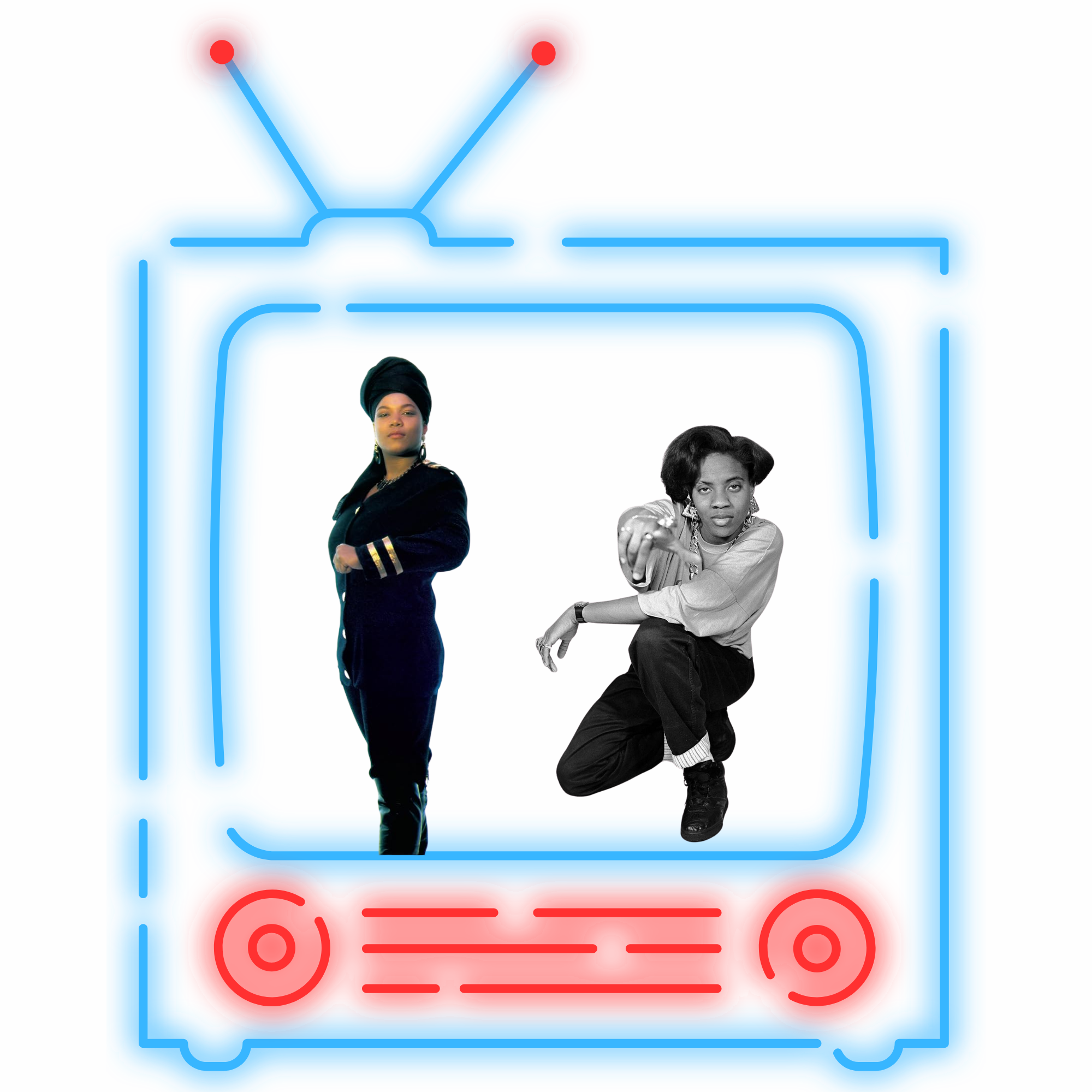
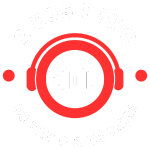

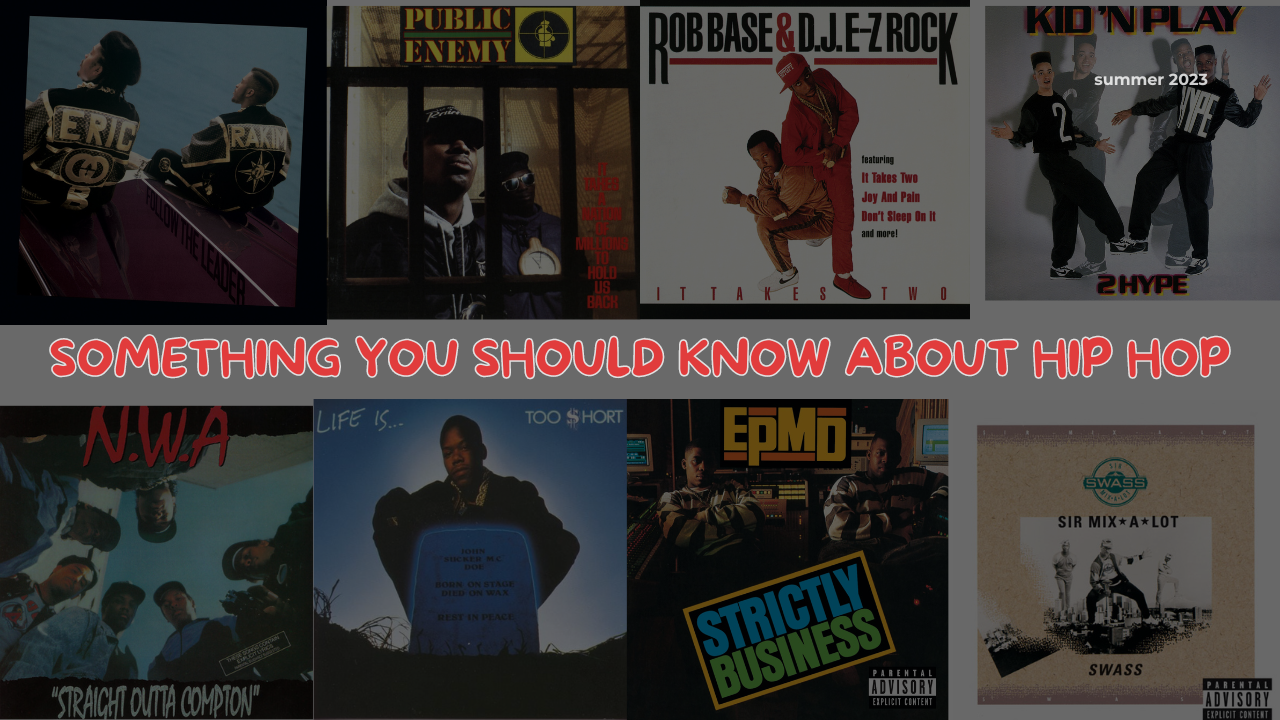
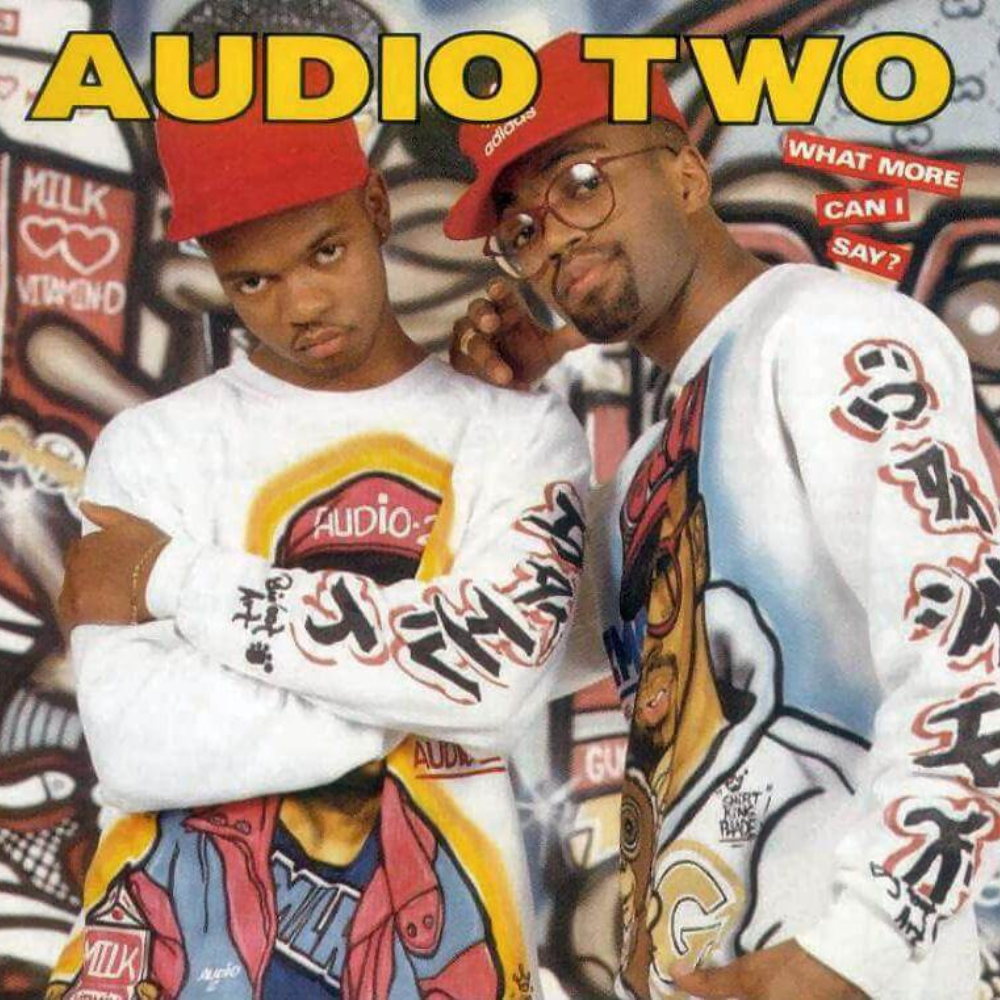
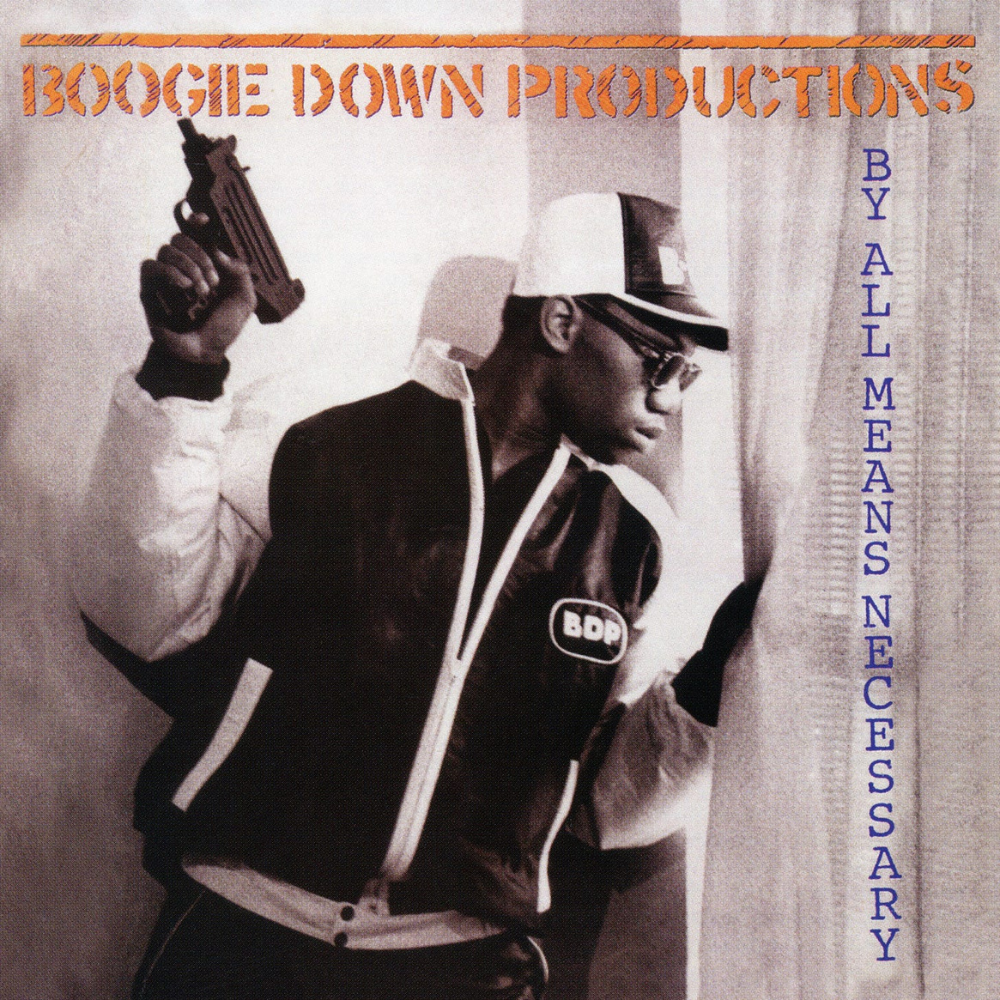
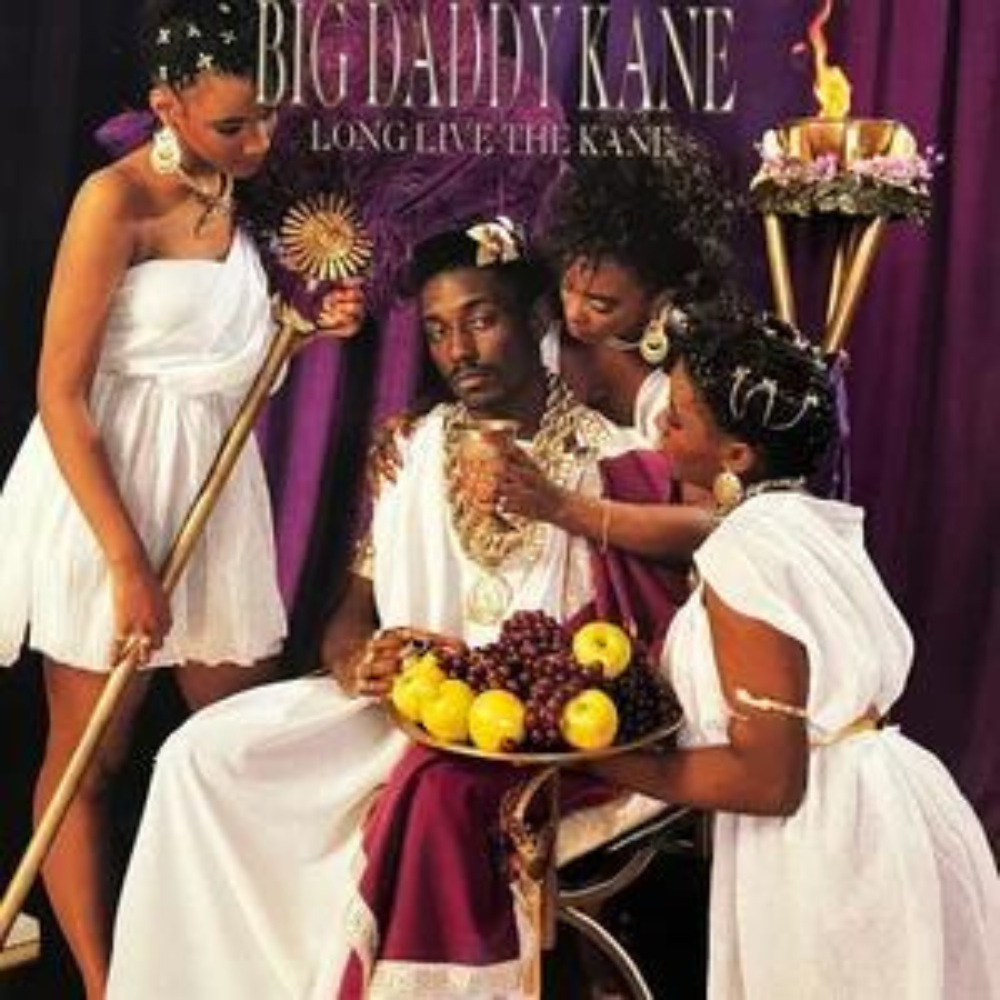
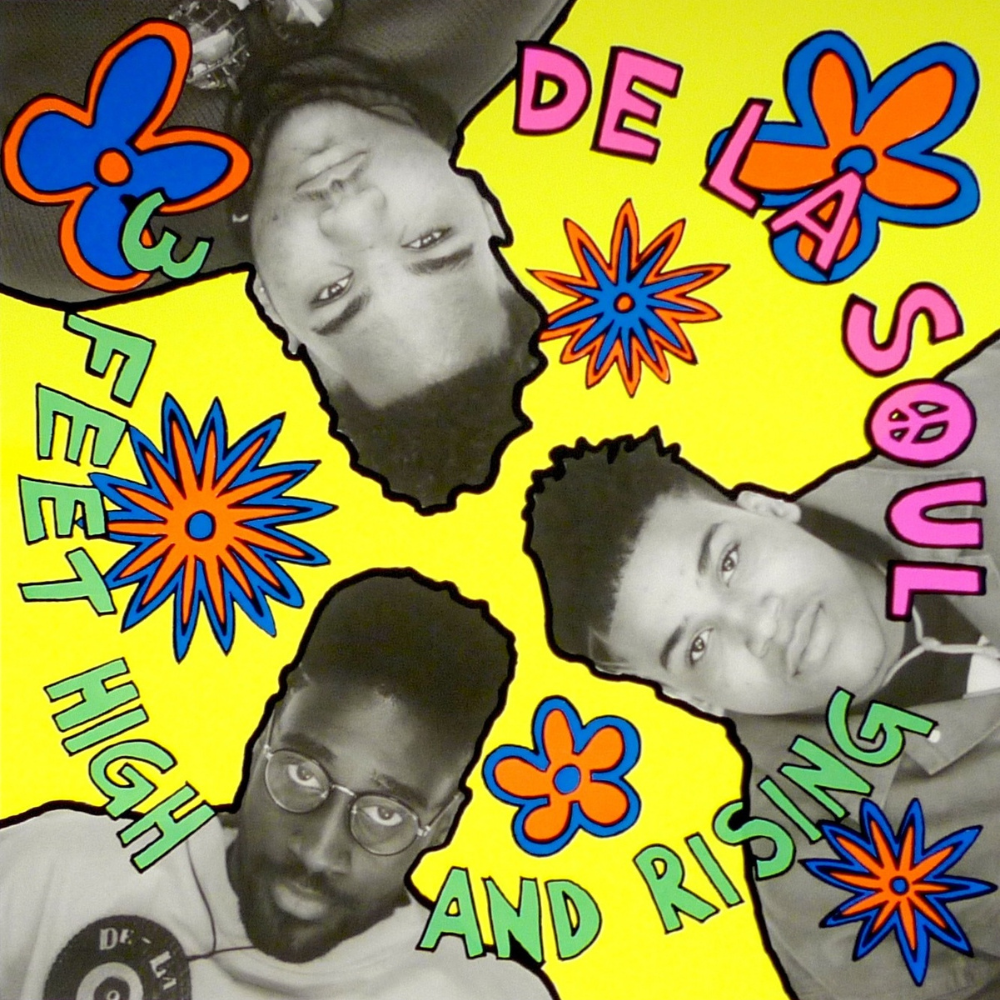
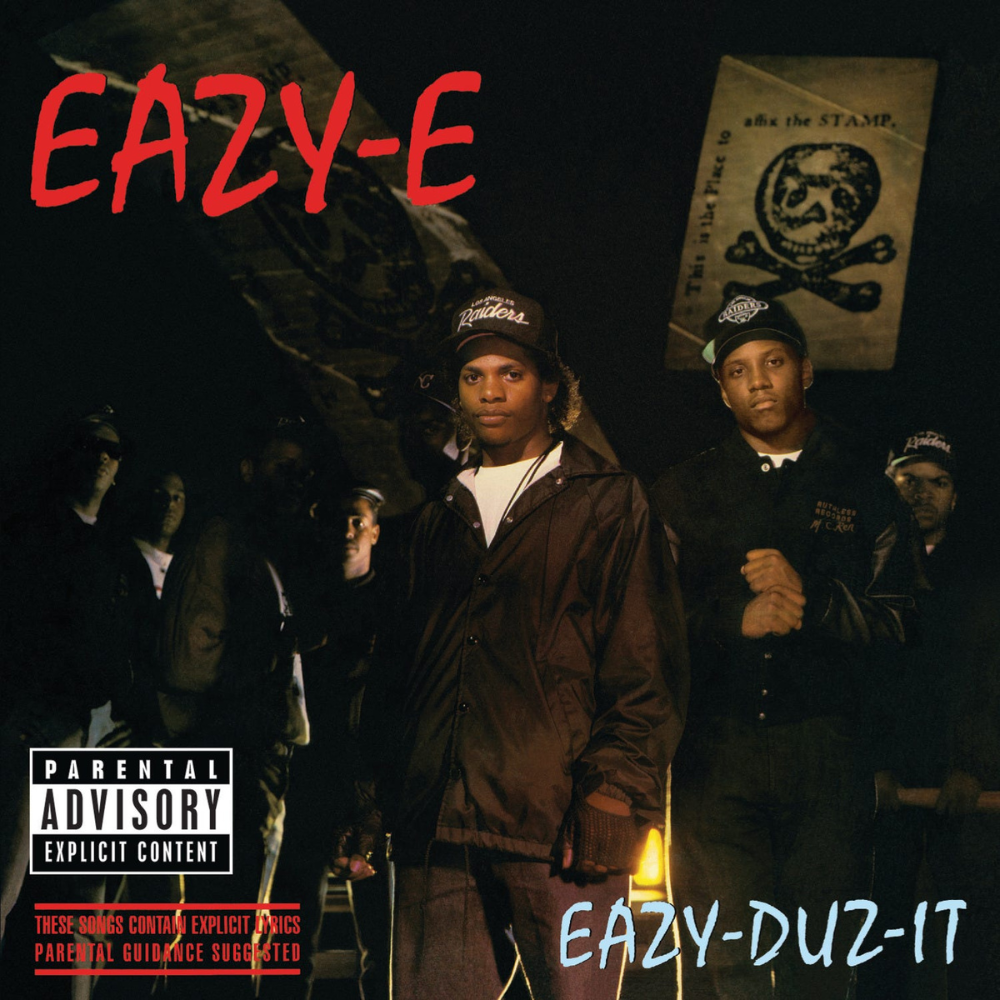
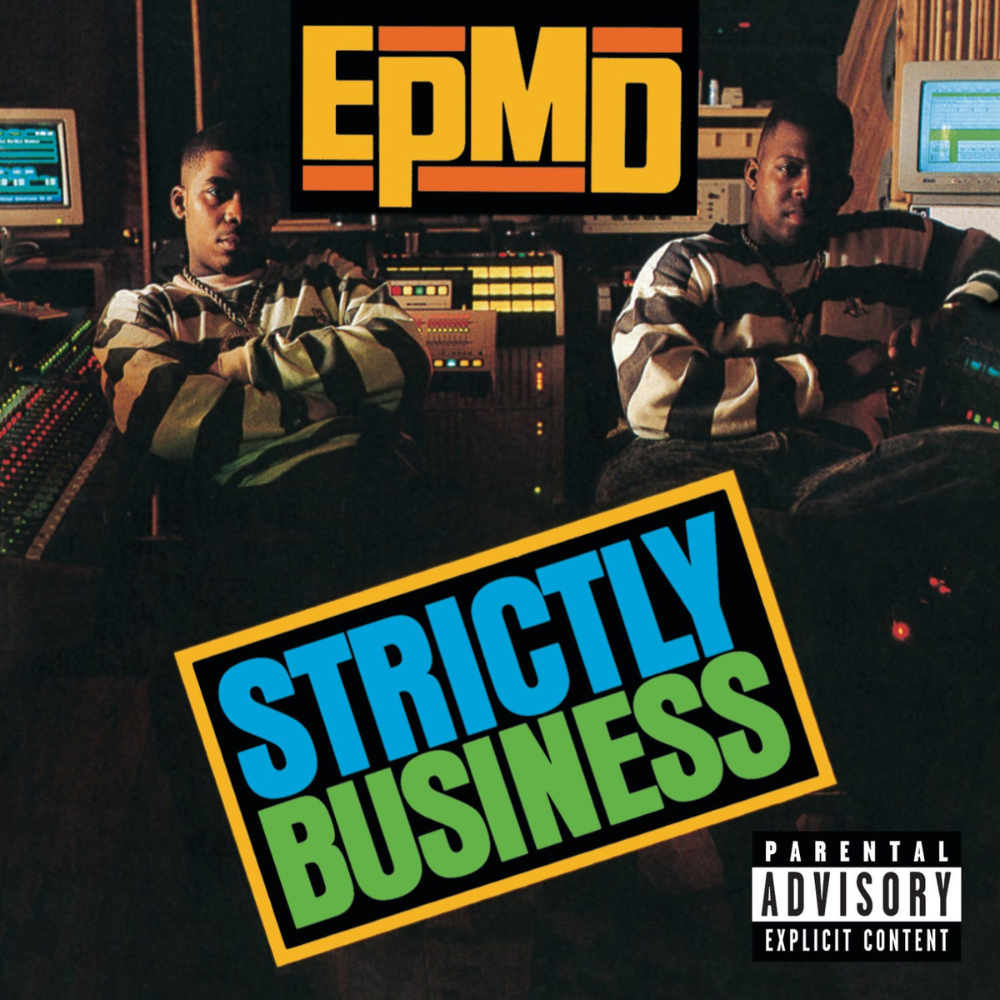
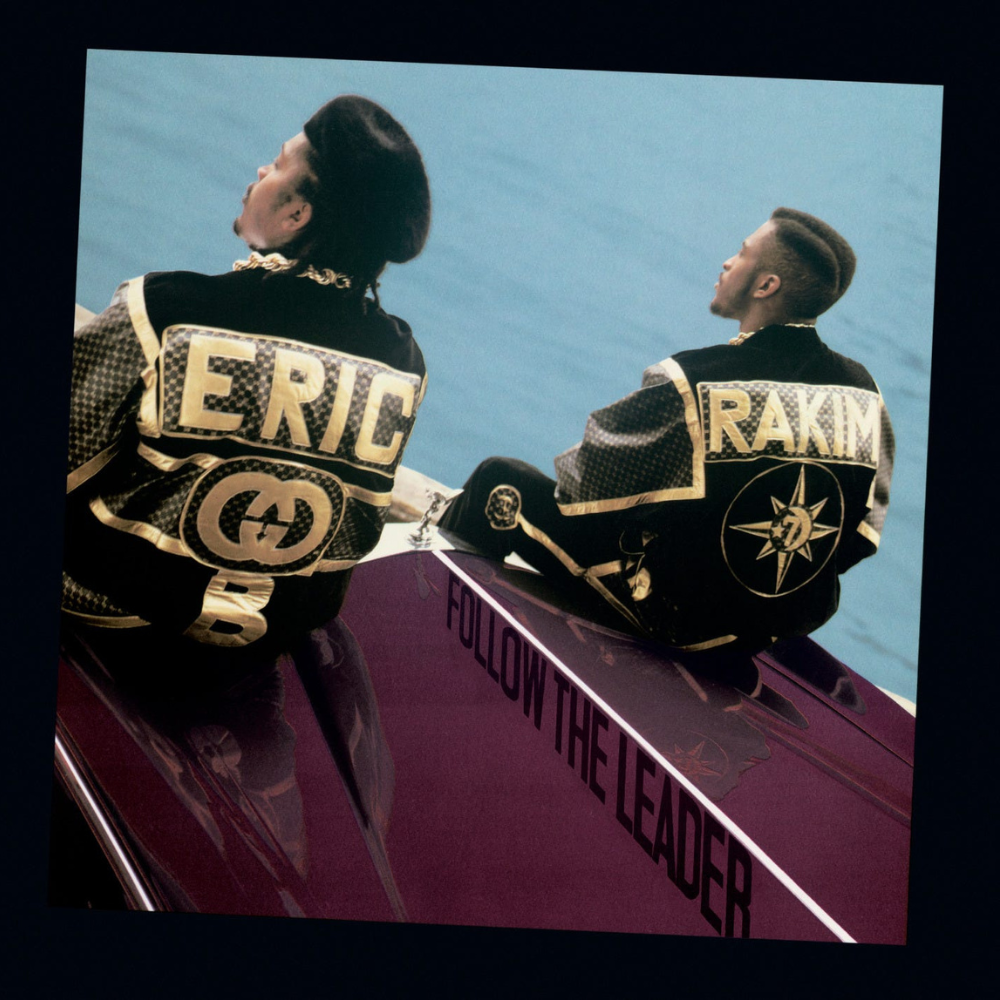
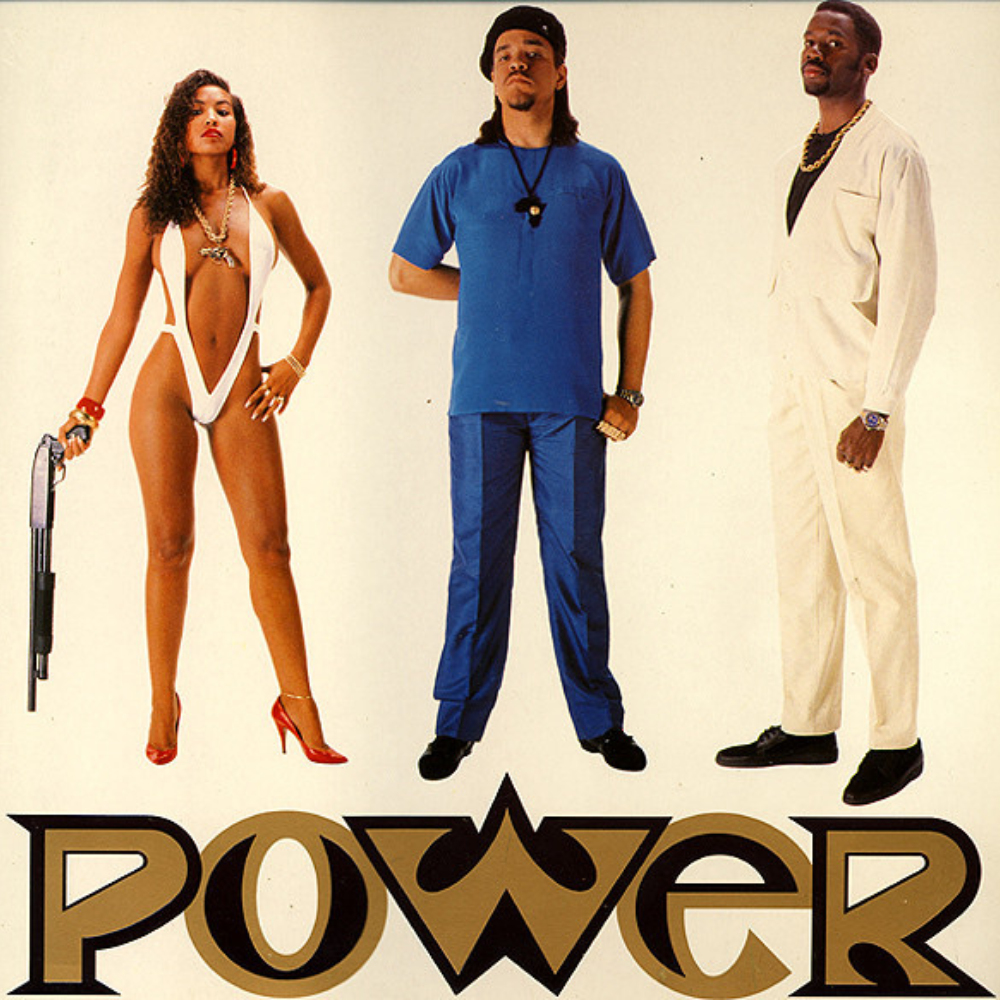
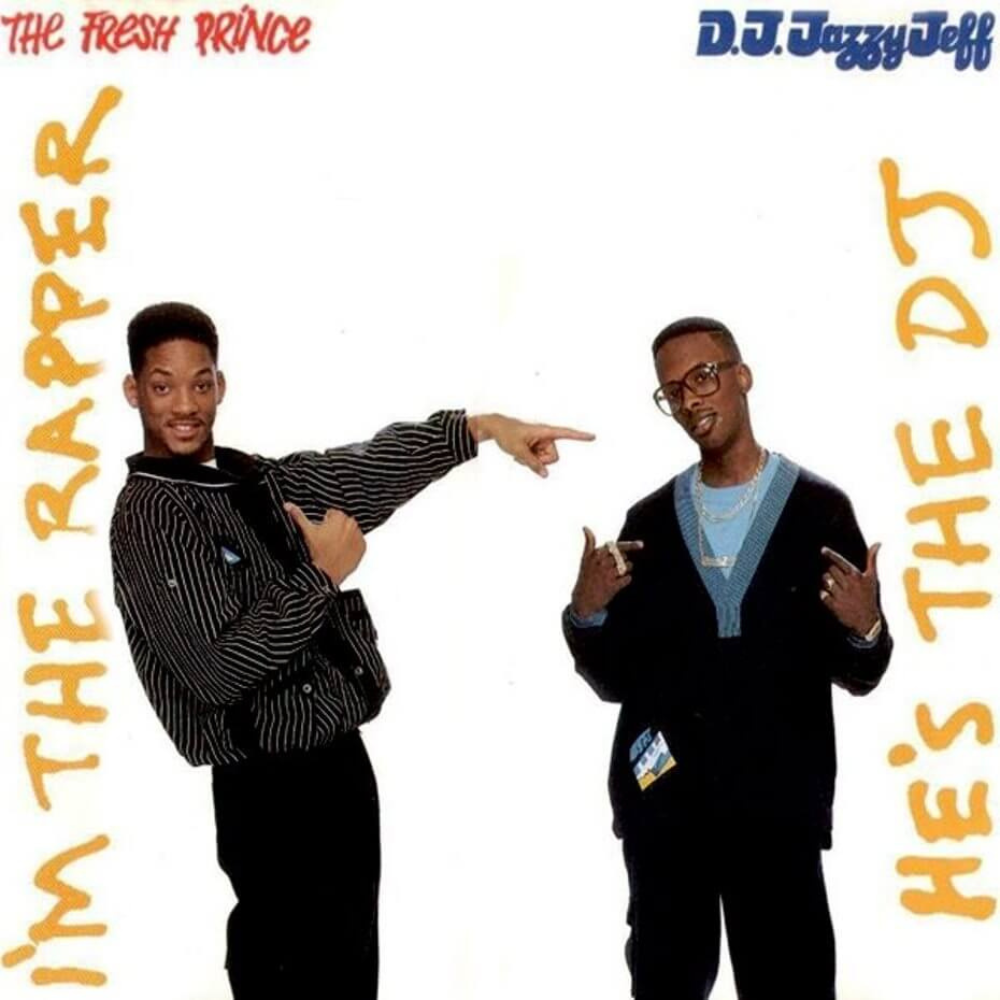
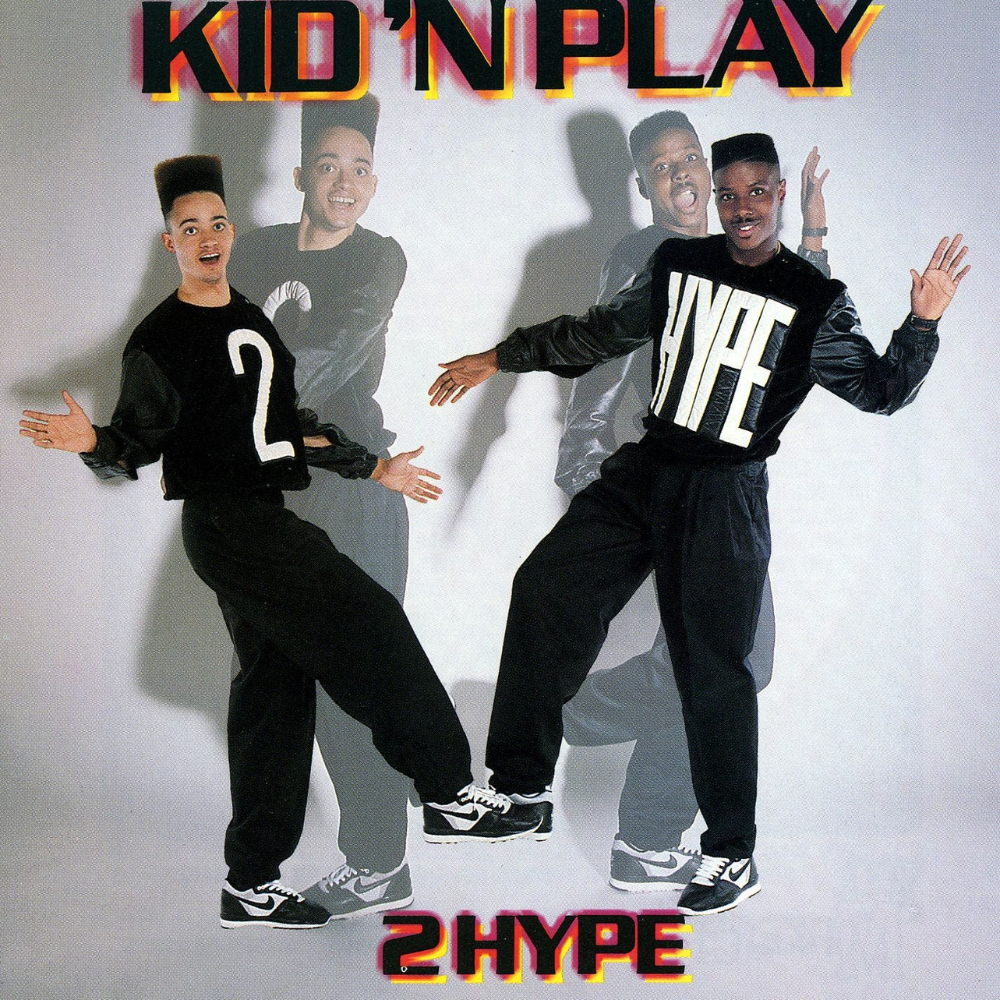
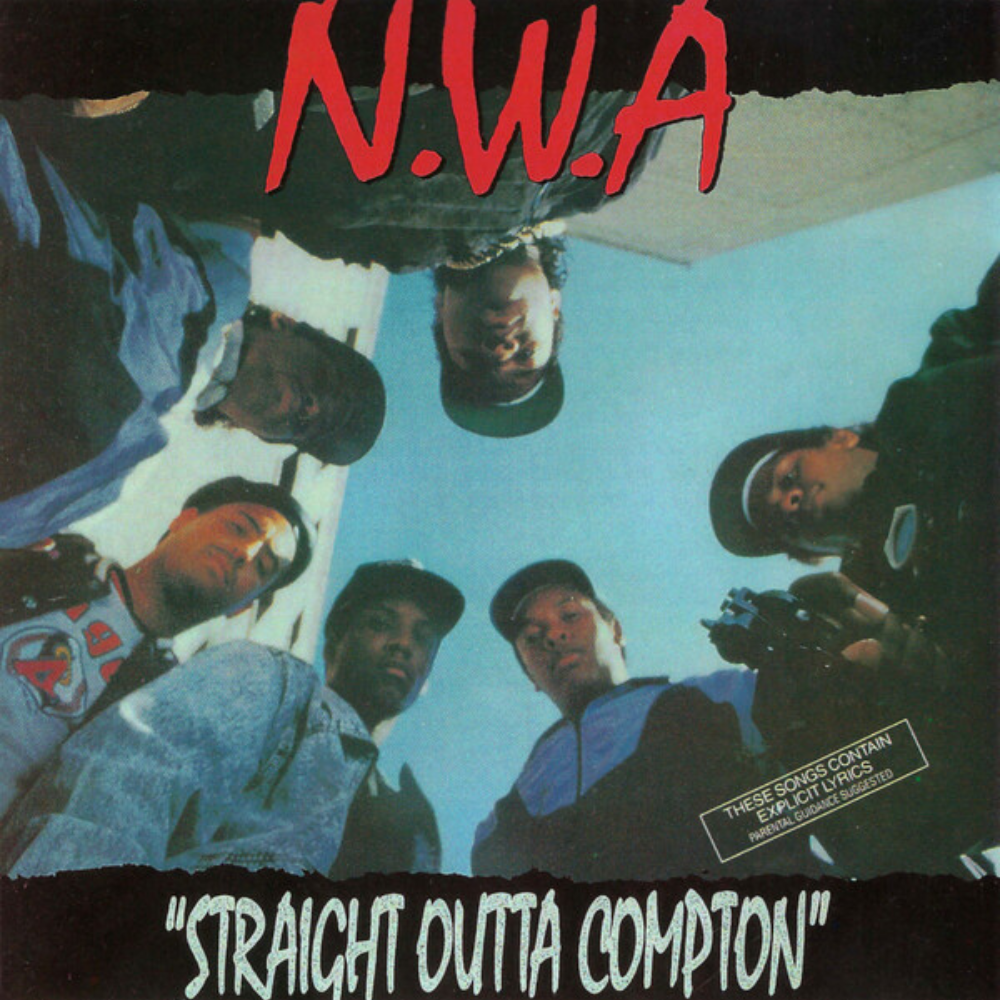
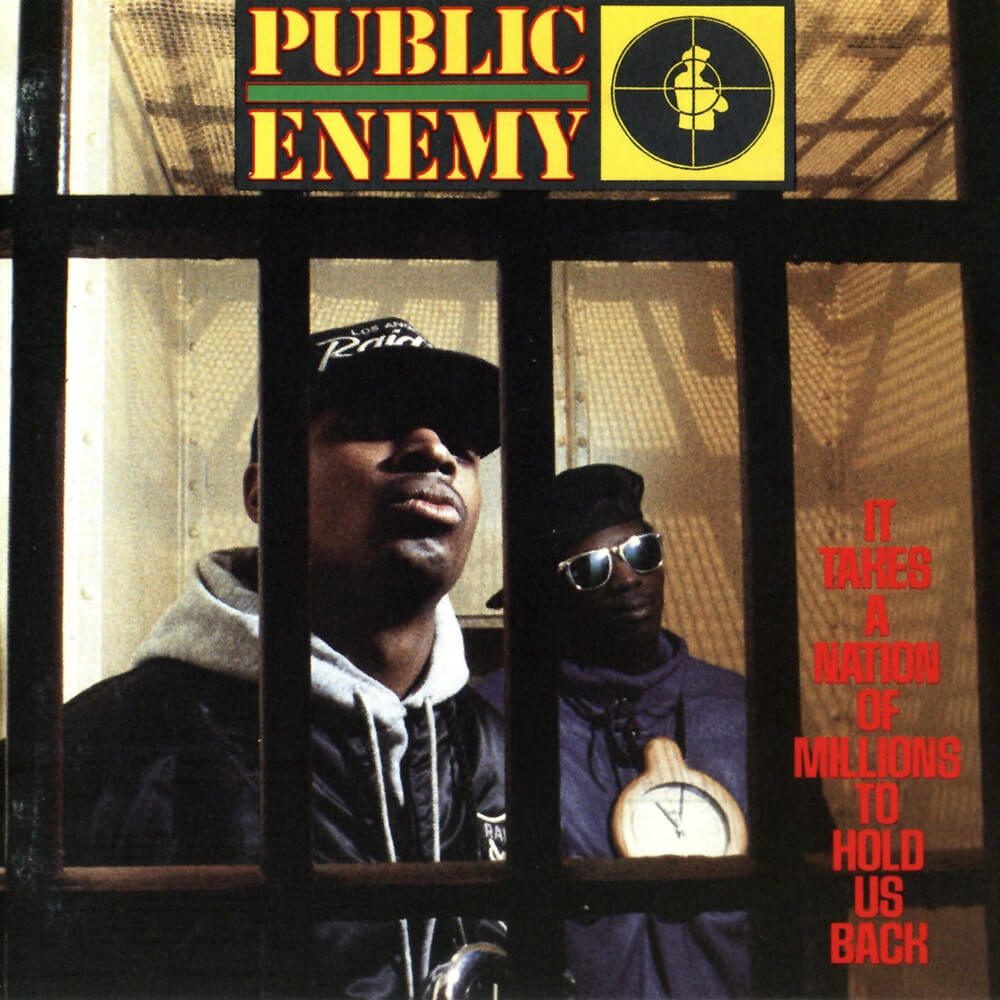
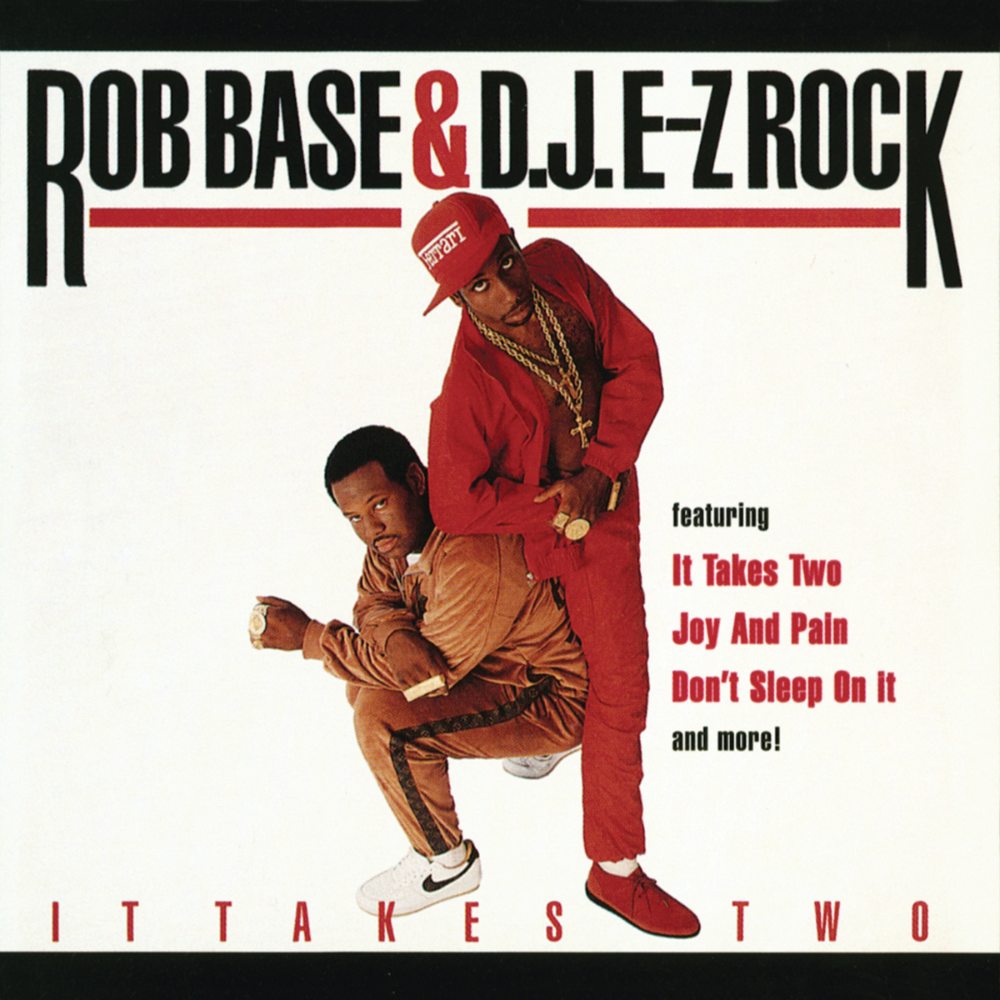
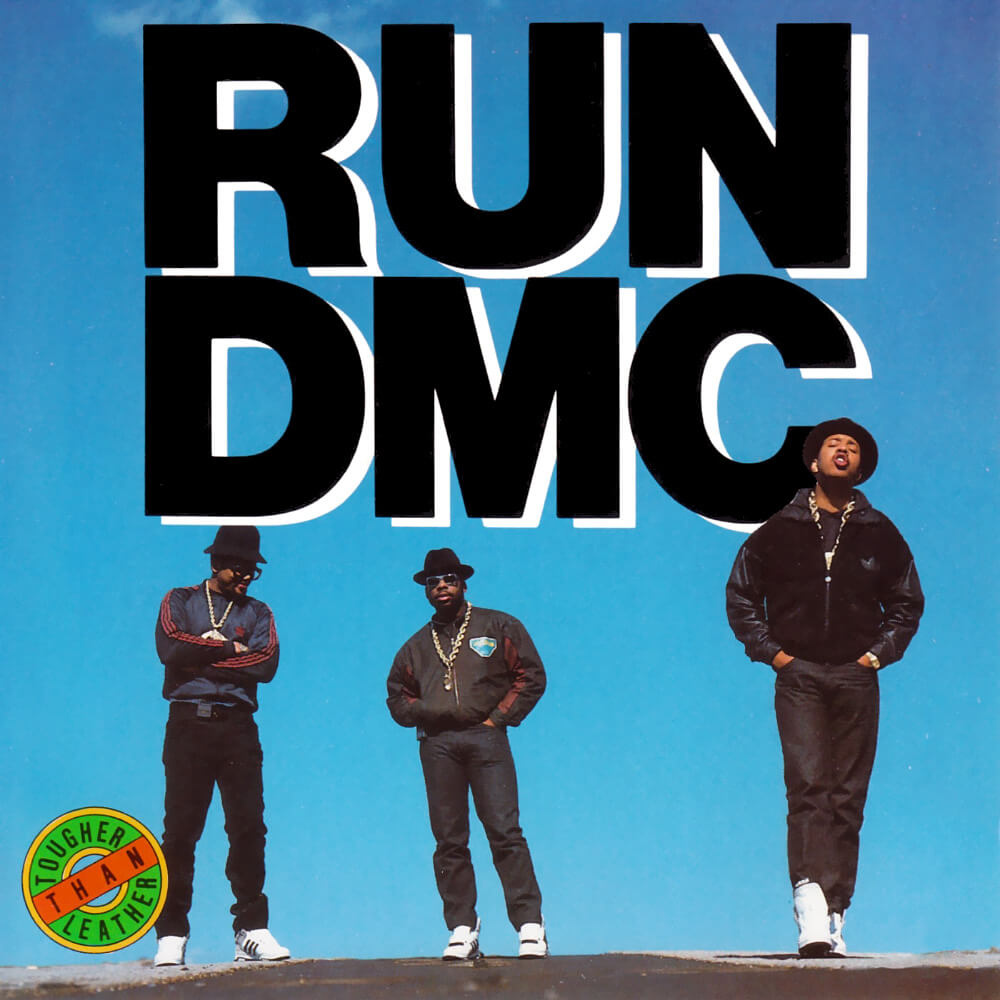
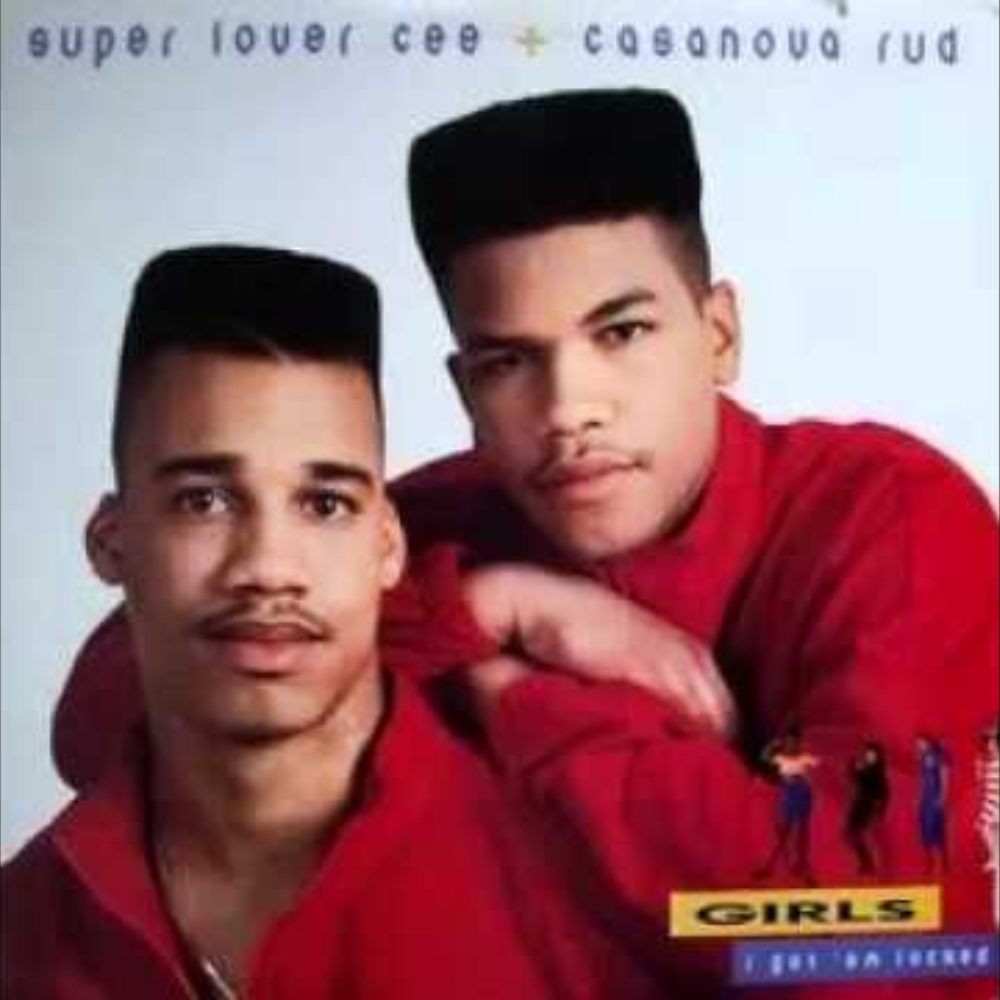
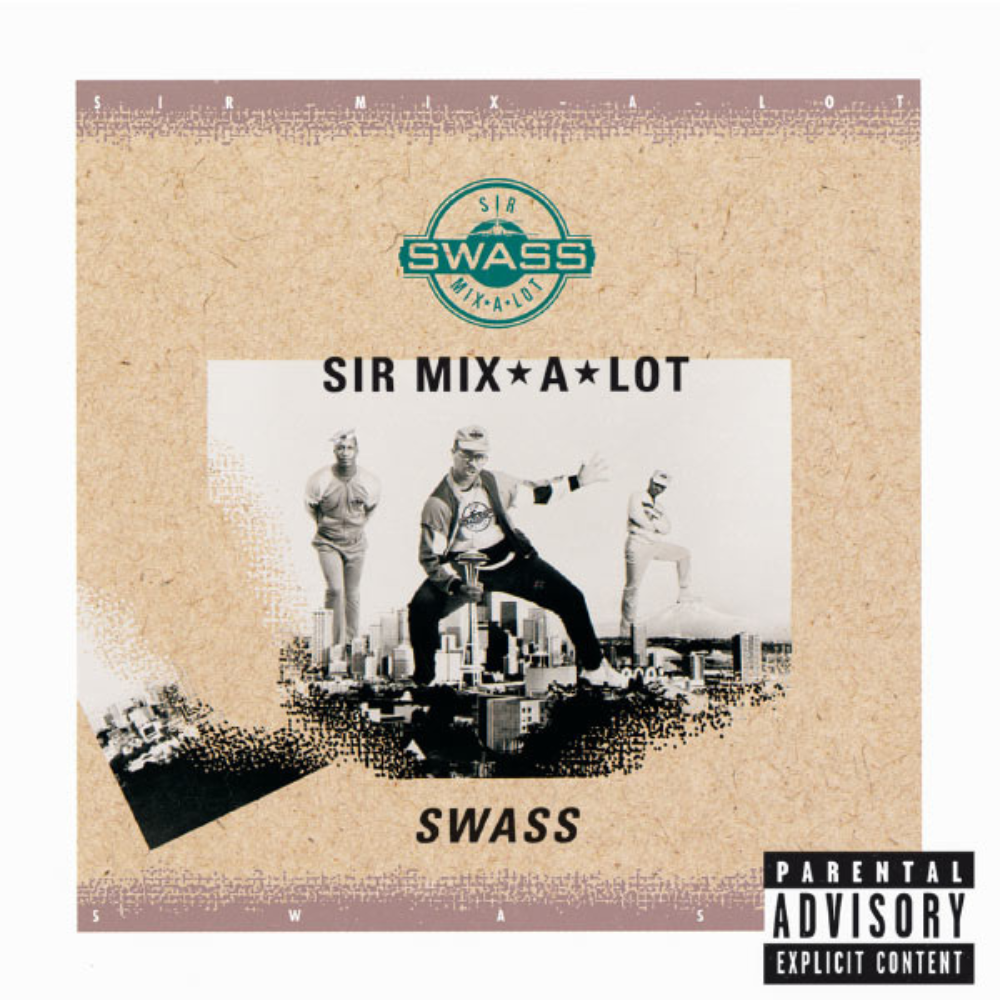
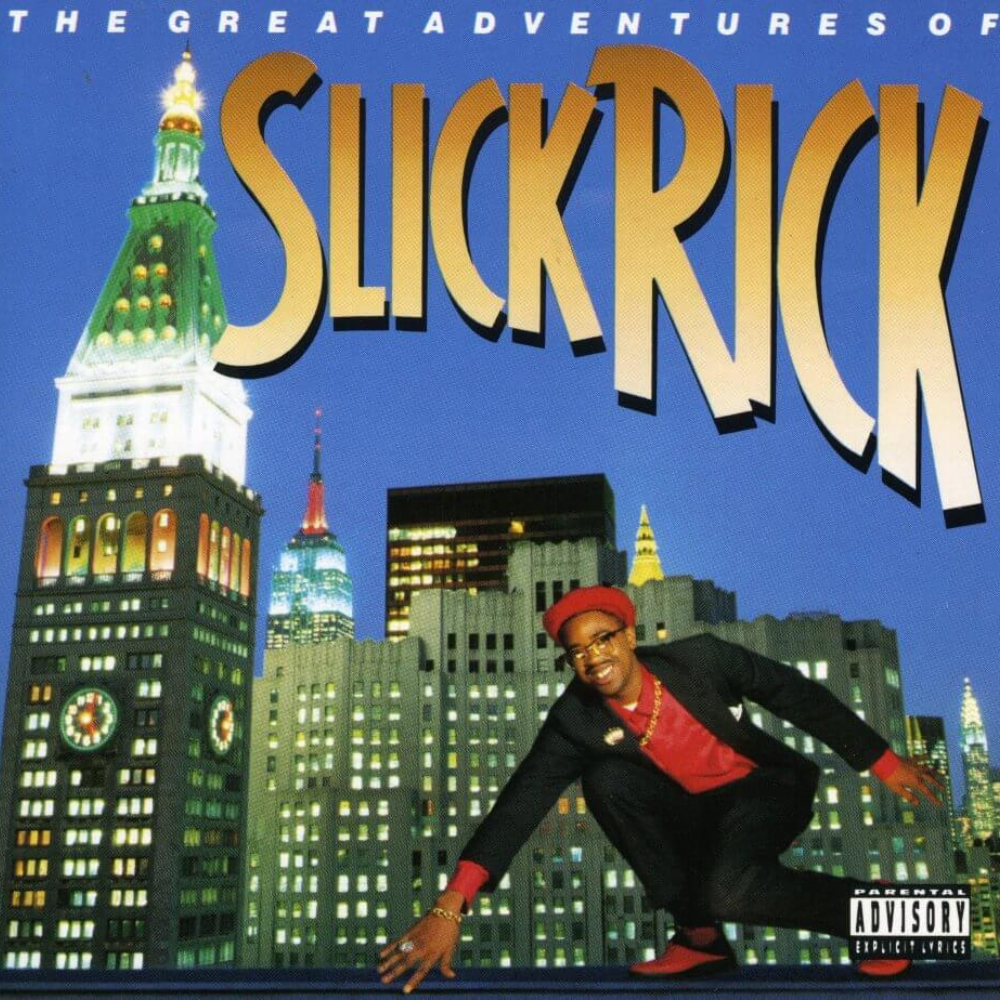
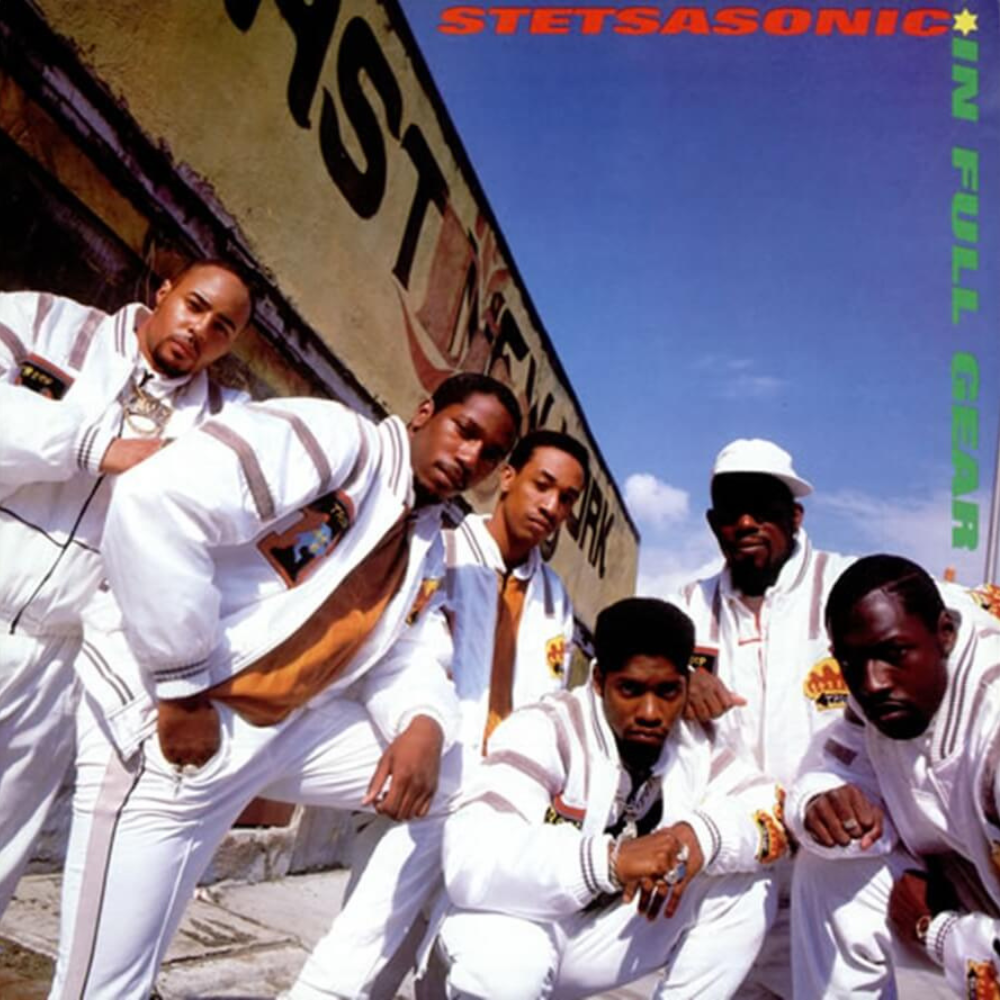
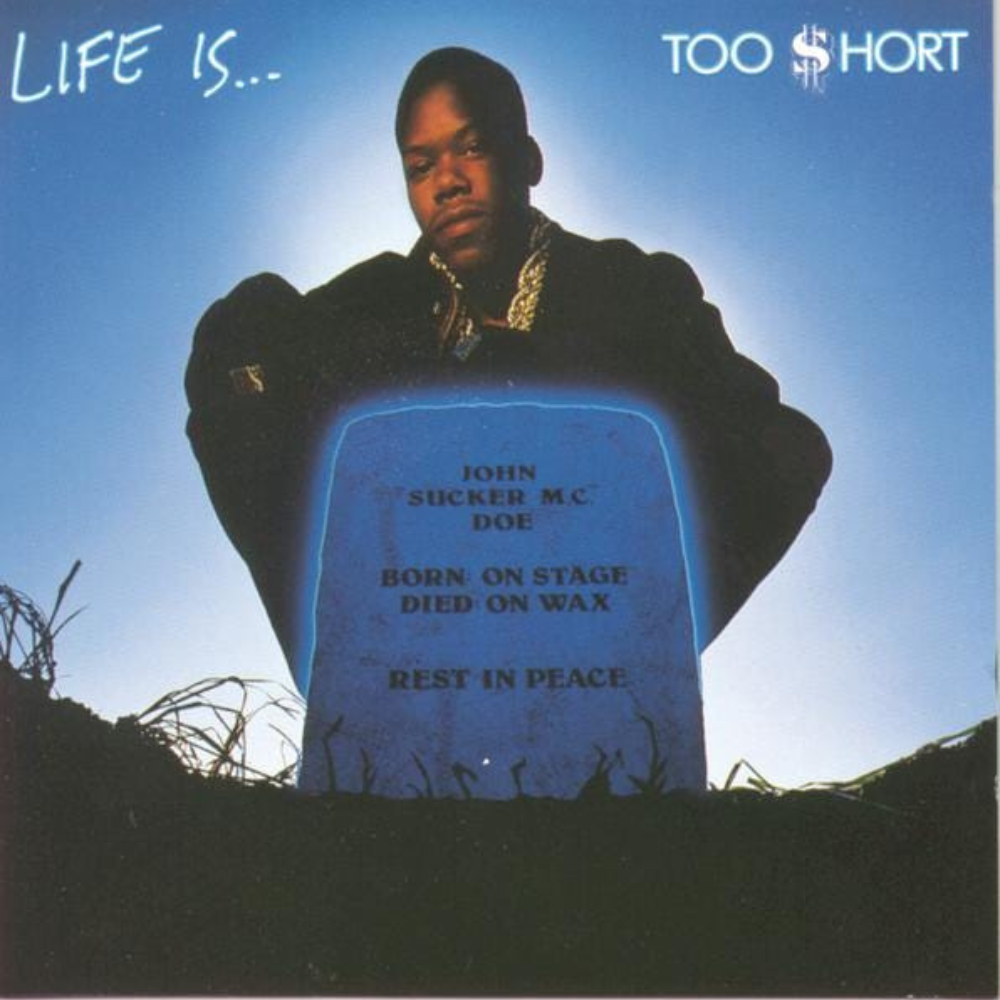
Leave A Comment